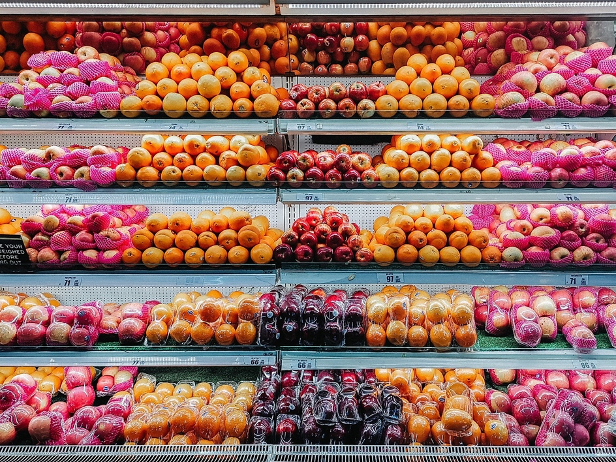
21 ส.ค. 9 Methods to Extend the Shelf Life of Fresh Produce
As a grower or supplier of fresh produce, there’s not much worse than having your products expire early.
This can damage your reputation and be expensive to deal with. Not to mention the hundreds of millions of tons of food loss and waste it causes globally per year.
Growers and shippers give their fruits and vegetables the best chance of staying fresh by extending shelf life.
Why Extending Shelf Life Helps
Fresh produce can spend up to half its life in transit. When shipping fruits and vegetables all over the world, it’s important to make sure the energy required to do so is put to good use.
Fruits and vegetables need to be given the best chance to survive long haul shipments.
Some benefits of extending shelf life include:
- Better quality produce
- Fewer shipments rejected
- Less food loss and waste
- Increased margins
- Better brand reputation
There are a few different approaches to shelf life extension, including a few exciting innovations in recent years.
Causes of Reduced Shelf Life
To prolong shelf life, you must know what harms fresh produce.
The main factors that can affect shelf life are:
- Ethylene exposure
- Temperature changes and extremes
- Humidity/moisture
- Microbial growth
- Physical harm

So, it makes sense that the methods used to extend shelf life should affect at least one of these factors.
Different Methods of Fresh Produce Shelf Life Extension
Methods to extend shelf life can vary for different types of fruits and vegetables, but there are multiple solutions for most.
Different ways of extending shelf life include:
- Packaging improvements and modified atmosphere packaging
- Improving treatment and handling procedures
- Finding weaknesses in cold chain
- Monitoring humidity
- Individual item coverings
- Smart stickers
- Absorbent food trays and pads
- New varieties
- Natural antimicrobials
Packaging Improvements and Modified-Atmosphere Packaging (MAP)
An easy step towards extending fruit and vegetable shelf life is to improve packaging. Shelf life-extending packaging can control respiration rate, ripening, and/or microbial growth.
Longer shelf life enables extended seasonality, less food loss, and a higher chance of maintaining freshness.
Modified atmosphere packaging (MAP) works to control the gases that surround an item. For example, limiting the oxygen that surrounds fruit will help to prolong shelf life.
Certain pallet covers, carton containers, and sheets can help to control ethylene.

Improving Treatment and Handling Procedures
From the moment a fruit or vegetable is harvested, you need to make sure your treatments and handling methods are not harming them.
Examples of poor treatment methods can be using contaminated water to clean items or storing them in contaminated boxes.
Also, ensuring fresh produce is not subjected to excessive forces will help to ensure they are not damaged. Even minor things can harm shelf life. Keeping standard operating procedures (SOPs) is important to ensure proper handling.

Finding Temperature Weaknesses in Cold Chain
Keeping a low temperature helps to limit decay and slow down microbial growth. If any part of the cold chain between harvest and the customer is compromised, it can harm the products.
One study showed that a delay of four hours between harvest and precooling of strawberries increased water loss by almost 50%. It also harmed the appearance upon arrival at the distribution center.
There are a few useful methods to record the temperature throughout the cold chain. This data can also be used to enable shelf life prediction.

Monitoring Humidity to Identify Improvement Areas
Humidity monitoring is equally important to temperature tracking. The two are often bundled together, as well.
Having high humidity helps to limit moisture loss in fruits and vegetables. Refrigeration can cause humidity loss, so keeping proper humidity levels is crucial to reducing shrink.
IoT devices track both temperature and humidity of items from the farm to the customer to identify areas for improvement.

Individual Item Coverings
Natural, plant-based coverings on fresh produce have generated a lot of buzz lately. One company, Apeel, has even raised a few hundred million dollars in funding for its solution.
Produce degrades by losing water and through oxidation (a chemical process requiring oxygen). Apeel’s coverings work by keeping moisture inside and oxygen outside.
Apeel is a member of Friends of Champions 12.3 alongside OneThird, as we have both dedicated to helping halve food loss and waste by 2030.
Some stores have implemented using individual plastic coverings on fresh produce to extend the shelf life. It is best to avoid plastic wherever possible. However, using plastic coverings can be better for the environment than letting food go to waste. If this shocks you, you should learn more about the effects of food waste.

Smart Stickers
Some studies show how certain compounds can reduce the effects of ethylene or limit microbial growth to extend shelf life.
One company, StixFresh, claims to extend fresh fruit shelf life by up to 14 days using a sticker that gets placed on the fruit.
While there is plenty of validation in the supply chain left to perform, it is certainly an interesting idea that requires little effort.

Absorbent Food Trays and Pads
There is a lot of innovation around pads that can go in the containers of fresh-cut produce. Pads absorb excess juices and can help to slow a product’s respiration rate.
These are already commonly used in the industry, but it’s worth keeping up with the increasing capabilities of absorbent pads.

Switching Varieties
Since farming began, humans have always sought ways to make new varieties that taste better. Now that our planet is more spread out and we ship across the world, creating varieties of produce with longer shelf lives is an area of focus.
For example, the USDA recently released a strawberry with an improved shelf life. Only 29% of the strawberries degraded after a week in cold storage as compared to 93% of Camarosa strawberries.
If you are open to using new varieties, it is best to keep an eye on what is available and evaluate potential alternatives.

Natural Antimicrobials
Using herb, spice, or plant extracts as antimicrobials can help to prevent spoilage and extend shelf life.
As customers demand safer ingredients, it is important to seek out natural alternatives to chemicals. This can also be a selling point used to win even more customers.

An Important Note About Validating Results
It is important to validate that whatever solutions you use actually extend shelf life.
There is technology available from OneThird to measure and predict fresh produce shelf life. This can further help to prevent food waste and creates objective standards.
Our food loss and waste solutions can also eliminate static testing and improve routing, so decisions are based on freshness.
Be sure to read our free Ultimate Guide to Fresh Produce Shelf Life Prediction to learn more.
What if You Had Extra Shelf Life?
What immediate benefits would you have if you could extend the shelf life of your produce by days, or even weeks? The answer is probably a lot.
You can have more shipments accepted, less shrink and loss, and improved margins.
Long-haul shipments become a possibility and you will be able to guarantee higher quality fruits and vegetables.
You May Not Even Need to Extend Shelf Life
Adding physical solutions can reduce food waste, but the cost of each item increases.
There are, however, solutions that make the most of the shelf life you do have by basing decisions off of freshness. This can allow you to transition from FIFO to FEFO (first to expire, first-out).


FEFO is made possible with shelf life prediction. Growers, shippers, and distributors can prioritize delivery based on freshness with this method.

OneThird’s technology can predict the shelf life of fresh produce in real-time.
Conclusion
Reducing fresh produce food loss and waste reduces cost, improves brand reputation, and helps meet sustainability goals.
You can extend shelf life in several ways, and the best solution depends on the application.
Shelf life prediction is another useful tool for reducing food loss and waste and does not require physical product changes.
ที่มา: https://onethird.io/9-methods-to-extend-shelf-life-fresh-produce/
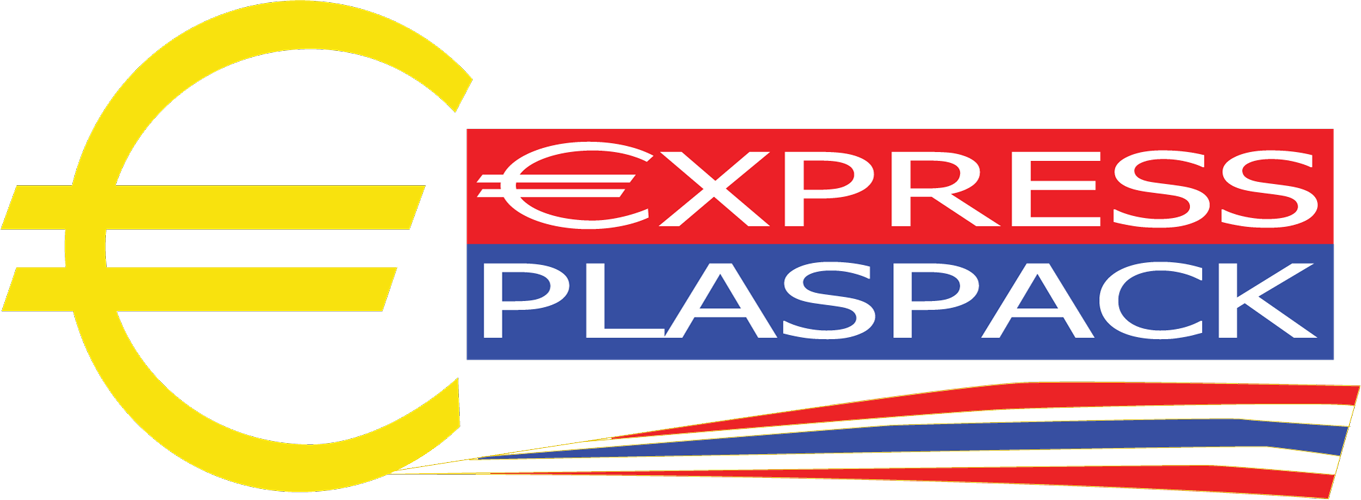



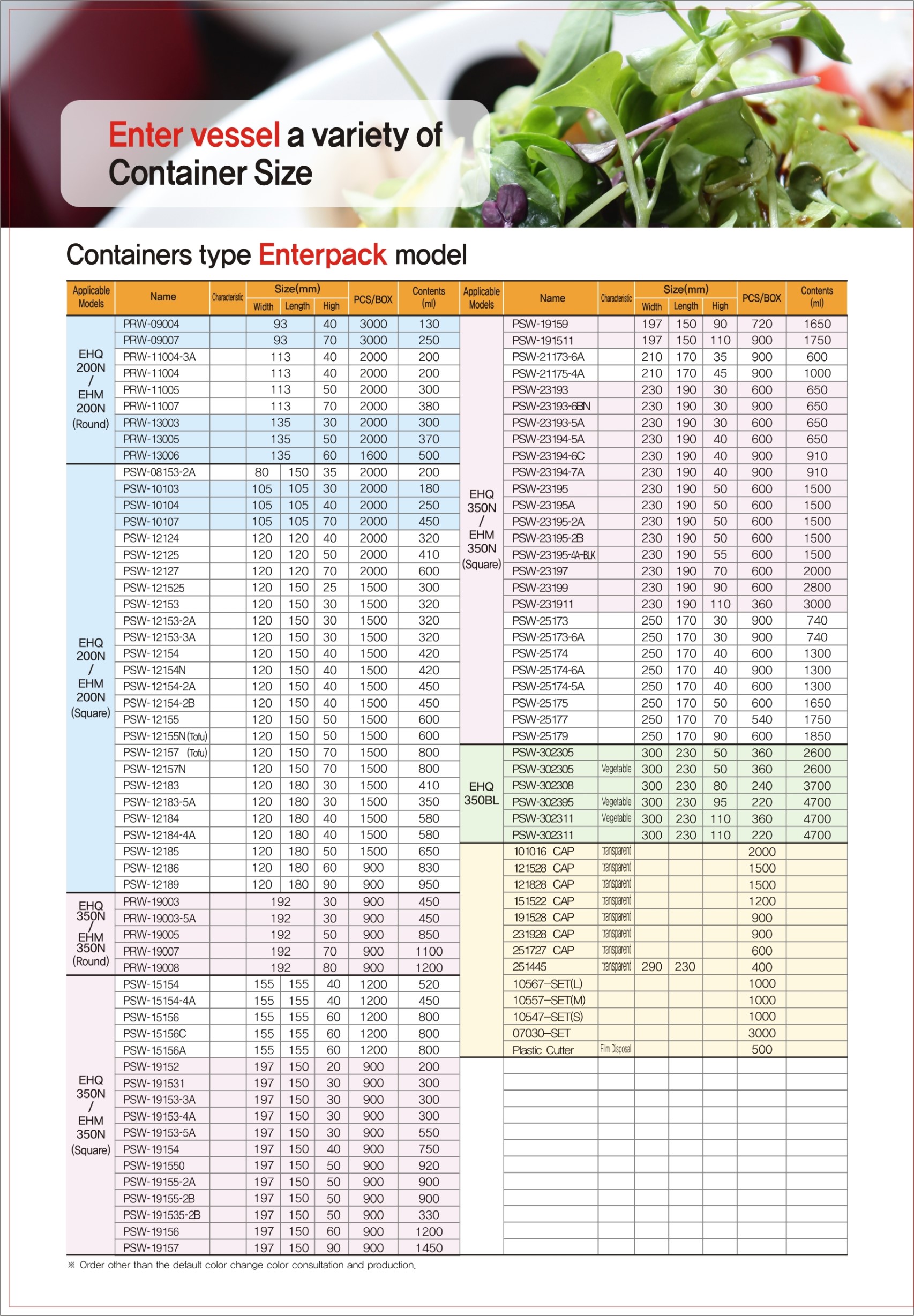
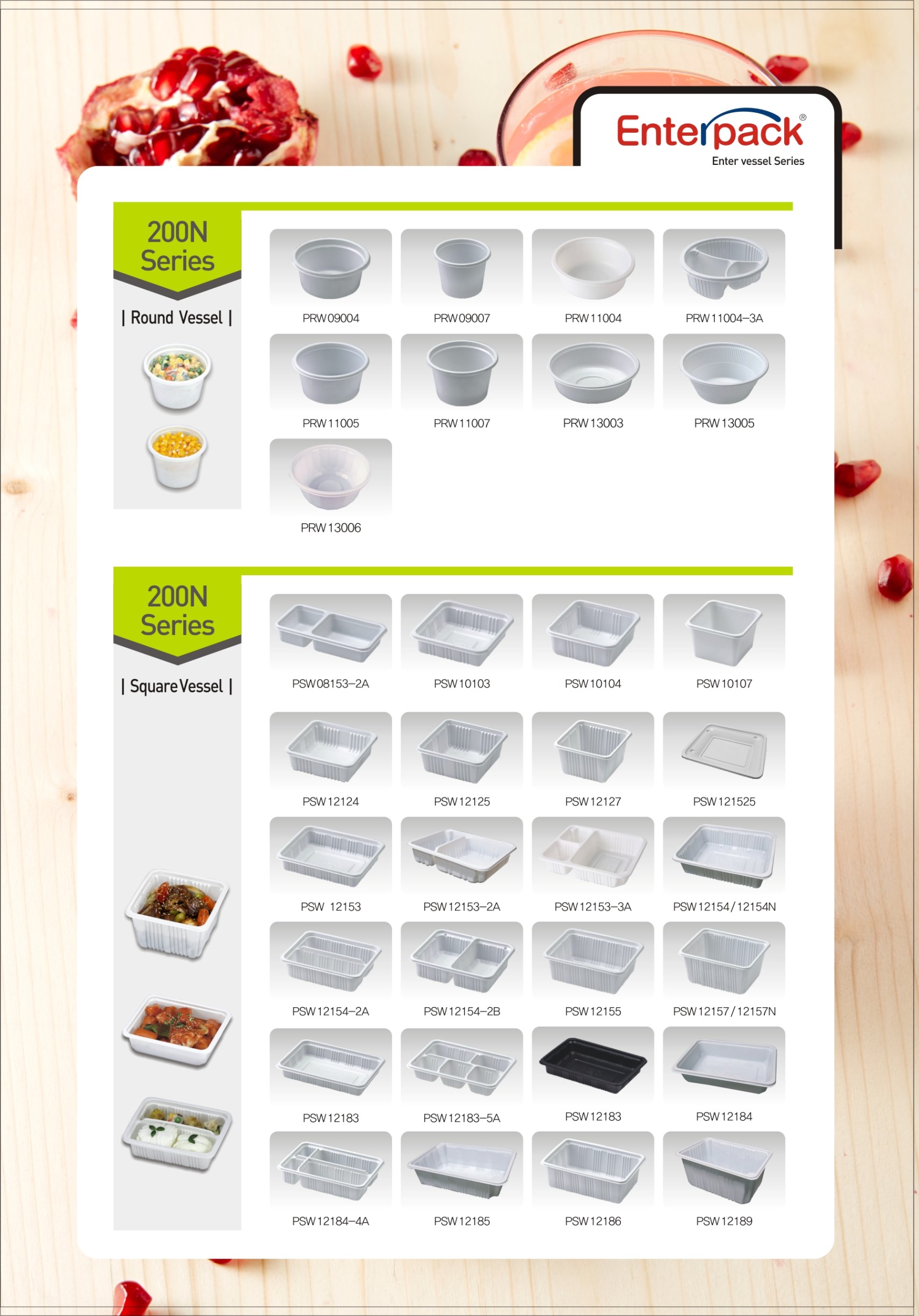
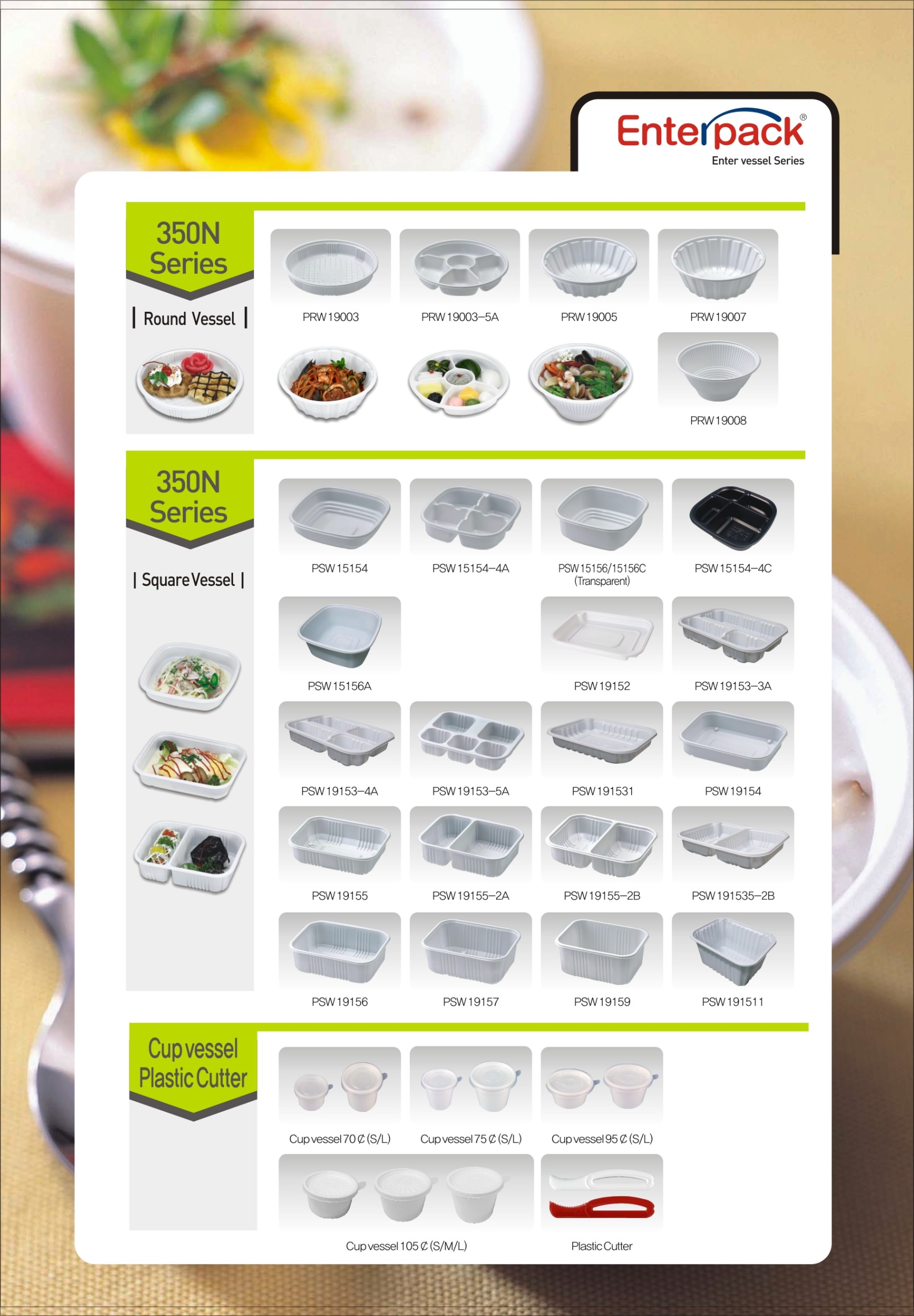
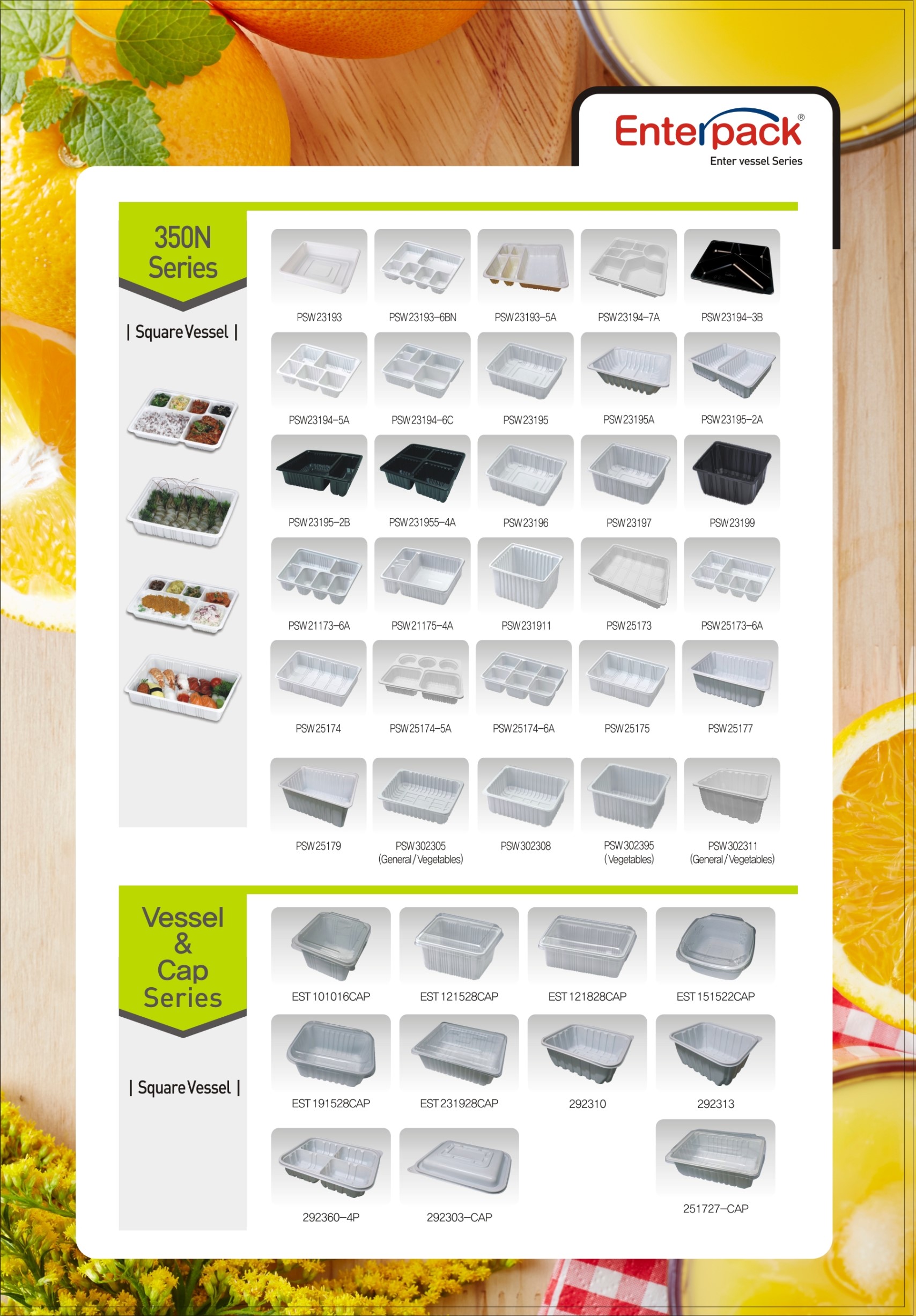



Sorry, the comment form is closed at this time.